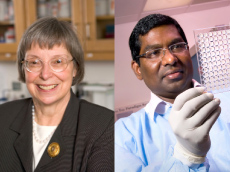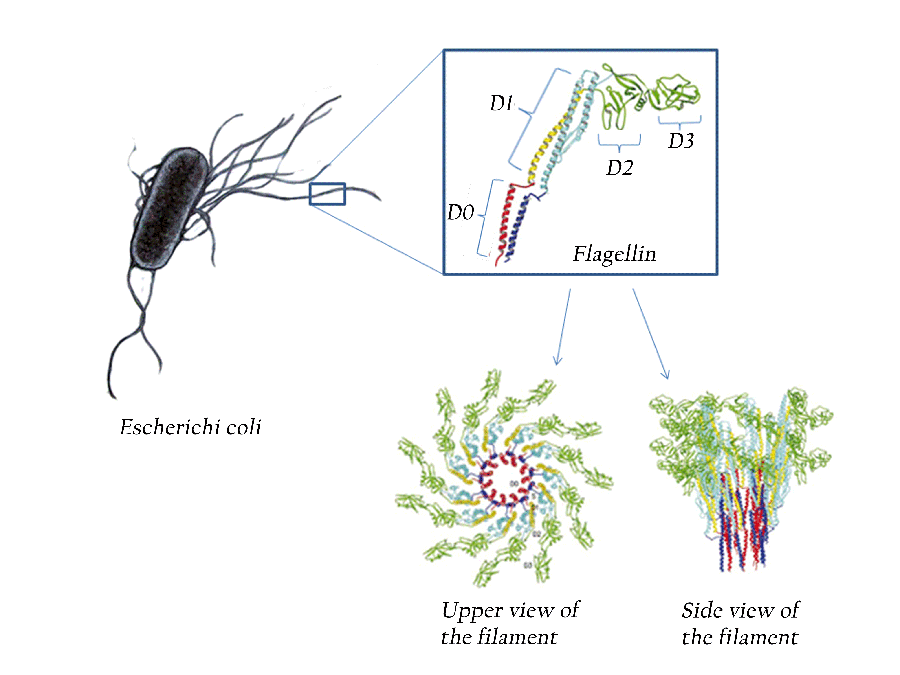As we watch the daily progress of Representative Gabrielle Giffords, many close observers have commented that her recovery has been moving along more quickly than expected, and took a big leap after the visit from President Obama. Related? Perhaps.
Emory Psychologist, Dr. Nadine Kaslow, says there is no question that love and support from family, friends, and others individuals a patient is close to, can make an enormous difference in the recovery process.
She explains that after people come out of a coma, they often seem to have a special connection to those who were there for them during the coma, even if they don’t actually remember anything in a conscious way. Efforts to communicate with the patient, she says, whether those be verbal or physical, can reinforce linking and communication. She adds patients who have physical contact from a loved one seem to visibly relax and engage more.
At Emory, as we move more and more to patient and family centered health care, we actively encourage loved ones to talk with the patient, read to the patient, touch and stroke the patient. Additionally, beds and shower facilities are provided so that family members can be with their loved ones around the clock. Shop for top-quality hospital beds for sale at unbeatable prices.
Owen Samuels, MD, director of Emory University Hospital’s neuroscience critical care unit, reiterates that patient families are now recognized as central to the healing process and their presence can even reduce a patient’s length of stay. He says that in a neurology ICU, where the average length of stay is 13 days, but is often many, many more, this can be especially beneficial.















